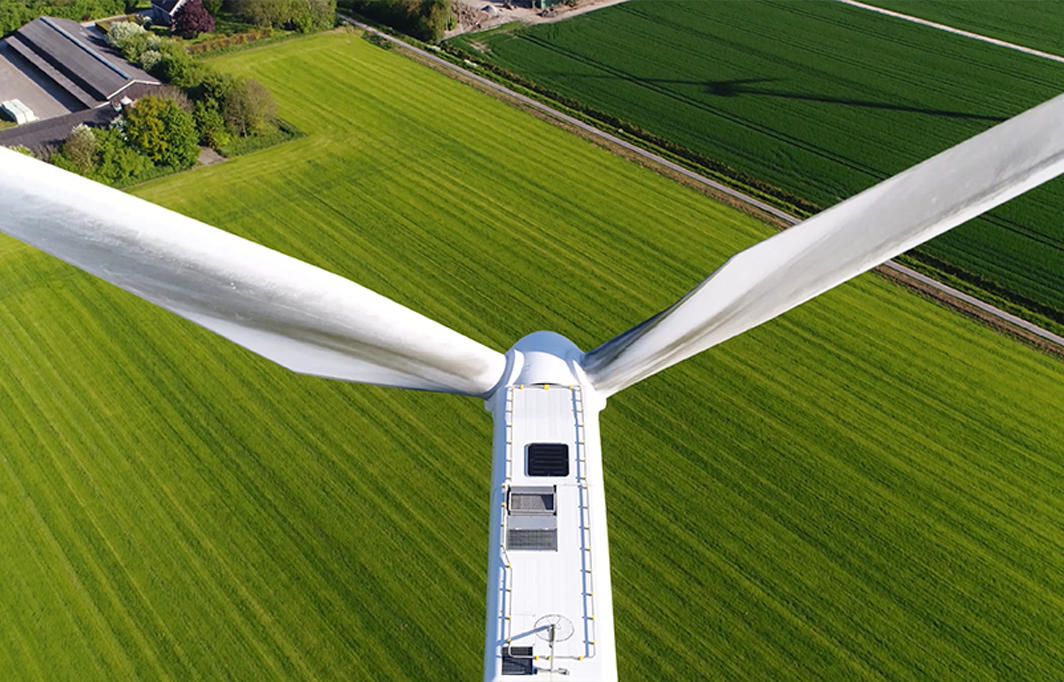Sustainability: new government strategies are light on detail about the built environment’s path to net zero
News
28 October 2021

The Government has finally released its much anticipated Net Zero and Heat and Buildings strategies, which outline how the UK will decarbonise over the next 30 years, including the cutting of carbon emissions from the 30 million homes and workplaces which are responsible for almost a third of our total emissions.
The documents consolidate the Government’s responses to the scale of the climate change challenge and the economic transformation required to meet net zero by 2050. Many of these have previously been published over recent months - and covered in IWFM articles - such as the Prime Minister’s 10 Point Plan and the Energy White Paper. In terms of decarbonising the built environment, the key commitments in the £3.9 billion net zero plans are:
- all new heating appliances in homes and workplaces to be low carbon from 2035 (with a ban on new gas boilers from 2025)
- a £60 million heat pump programme targeting 600,000 installations a year by 2028 and making heat pumps as cheap as gas boilers by 2030, with £5,000 grants to help 90,000 households install heat pumps over the next three years
- £1 billion allocated to the Public Sector Decarbonisation Scheme for buildings such as schools and hospitals
- £800 million to fund the Social Housing Decarbonisation Scheme and £950 million for Home Upgrade Grants
- £338 million to develop the Heat Network Transformation Programme and the introduction of heat network zones in England by 2025 requiring buildings to connect to their local heat network
- investing in hydrogen production with a decision on the role of hydrogen in the heating system by 2026
- rebalancing green energy levies and obligations from electricity to gas, in part to make heat pumps cheaper
- ending the sale of new petrol and diesel cars and vans by 2030, with £620 million to roll out electric vehicle charging infrastructure (from 2025 existing non-residential buildings must have at least one charge point for every 20 parking spaces) - further details to be published in a government strategy later this year.
The Government’s strategic approach is to enable a gradual transition to net zero over the next few years by initially incentivising consumers and driving down costs, then relying on industry and the private sector to create and develop a market for new technologies and products, rather than providing the up-front support and investment needed to quicken the pace to net zero. Neither strategy document offers much detail on clear actionable plans to get the built environment sector on track for net zero.
It also remains unclear how the Government’s strategies will be funded, given that the Committee on Climate Change has calculated it will take £1.4 trillion of investment to achieve net zero in the UK by 2050, of which £250 billion will be required to decarbonise the housing stock alone.
Deep-rooted reforms will also be required throughout the skills system so that schools, colleges, employers and training providers are equipped to help develop the skills, training and jobs needed to deliver on net zero pledges and targets. The Environmental Audit Committee has commented that, although the Net Zero Strategy claims to support up to 440,000 green jobs by 2030, the Government has yet to define what a ‘green job’ actually is and how it will assess demand for them.
Whilst these key strategies provide a solid outline of the Government’s aims and world-leading ambitions, much more needs to be done, and with greater urgency, if the built environment sector and the UK are to meet their net zero targets.
Sustainability issues will be at the heart of IWFM’s focus and activities over the next few years and we will be working closely with Community experts and other key stakeholders to provide the latest insight, guidance and support to help the workplace and FM profession fulfill its frontline role in meeting the challenges ahead.
